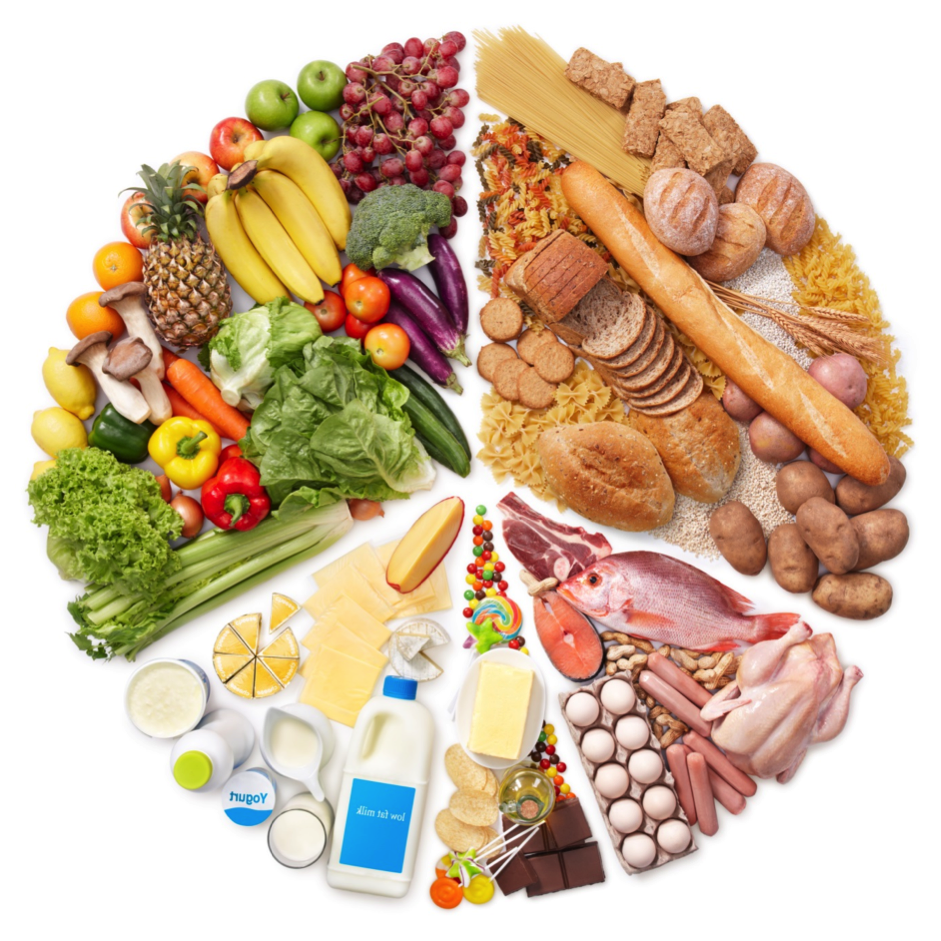Bulking Or Cutting? Check These Diet Suggestions!
Much of active trainees have an opinion and are convinced that poor training program and their genes are a major reason for not having any remarkable results from exercise. But in most cases the main problem is that the diet that many of these trainees are using isn’t containing enough calories. This is not just about protein intake, but here are the thoughts of the total daily calorie intake by consuming carbohydrates, healthy fats, a protein and sports supplements.
The total daily calorie intake is the amount of energy that is introduced through consumption of major macronutrients (proteins, healthy fats and carbohydrates). So the main thing to keep on building muscle mass is the total daily intake of calories to be greater than the number of calories that you spend over one day. All active trainees who want to get massive body, it is recommended to import 40-50 calories for every one pound of body weight, but that does not mean you should consume everything that will come to your hands.
To obtain robust build, it is necessary to have a higher protein intake and the average intake of healthy fats and carbohydrates. This number should be about 1.5-2.5 grams of protein for every kilogram of body weight of the following sources of protein: protein pure meat (beef, chicken or turkey meat) fish, eggs and protein supplements. Then you need to enter about 1-1.2 grams of healthy fat for each and every pound of body weight of the following sources: walnuts, almonds, fish oil, olive oil, peanut butter and Omega 3 sports supplements.
Then the rest of the calories should be entered by consuming carbohydrates. Carbohydrates are designed to provide energy during training and other physical activities.Here it is necessary to consume carbohydrates that have a large amount of fiber and carbohydrates that have low glycemic index.
Here is a simple daily diet plan for a more robust build.
Meal No. 1 – Omelette with about 4-6 eggs (of which 2-3 whole eggs) in combination with cheese or cottage cheese, 1-2 pieces wheat bread, 1 piece of fruit and 1-2 hands almonds or walnuts.
Meal No. 2 – 1 Tuna fish (which should be about 150 grams) in combination with a serving of rice or potatoes
Meal No. 3 – 150-200 grams of pure chicken combined with a salad made with olive oil and rice dish.
Meal No. 4 (about 45 minutes before training) – One dose of protein in combination with one major fat.
Meal No. 5 (just immediately after training) – One or two doses of protein combined with 1 large banana and 1-2 tablespoons of peanut butter.
Meal No. 6 (1-2 hours after a hard training) – 150-200 grams of pure chicken combined with a green salad made with olive oil.
Let’s don’t forget to mention about what type of diet you will need to focus on if you are in a cutting process.
Protein – Each active trainee need to enter 2-2.5 grams of protein for each pound of weight, for example active trainee who waits around 70 kg should enter anywhere from 140 to 180 grams of protein per day.
Carbohydrates – Each active trainee in the days with low intake of carbohydrates should import around 0.75-1 gram of carbohydrates for each pound weight that means that one active trainee who weights 70 kg should intake 50-70 grams of carbohydrates.
Solid fat – Each active trainee need to enter one gram of healthy fats for each kilogram of weight. For example active trainee who weights 70 kg should intake 70g healthy fats from the following sources: walnuts, almonds, fish oil, olive oil, peanut butter and fish.












